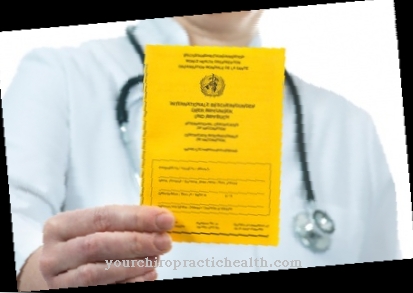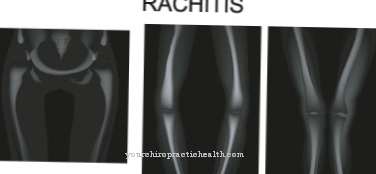Staying in space or flying airplanes under high load conditions brings with it some risks and can also become a torture. Bone and muscle wasting, visual disturbances or circulatory problems are some of the manifestations that the physically demanding activity brings with it.
For this purpose the Aviation and space medicine introduced, which deals specifically with maintaining health in this area. Research is conducted into the medical and physical characteristics of a stay in space or in the air.
What is aviation and space medicine?

A physician who has graduated in the field of internal medicine or general medicine can complete extensive training in aviation medicine. This usually takes another two years and takes place at an aero-medical institute.
Aviation and space medicine encompasses various fields of expertise and ranges from science and research into all flight and space conditions to the training and assessment of specialist aviation doctors. This is understood to mean medical professionals who deal with the competence and fitness of pilots and air traffic control personnel and who carry out a medical assessment.
Treatments & therapies
Pilots are constantly under great pressure and have to be able to perform at their best. In doing so, selection criteria are made which are based on the performance and the state of health. The skills of a pilot are therefore not only associated with the implementation of the actual flight performance, but also require a healthy body that can withstand these stresses.
The work in the field of aviation and space medicine extends beyond general medicine with special knowledge of the conditions to which the human body is exposed during a flight or various space test attempts. To do this, the physician must have dealt intensively with flight physiology in this area. This includes the function of different organs and systems in the human organism in different flight situations, the reaction to it and the significance of physical and atmospheric influences under these conditions.
A common reaction is air sickness, which has specific symptoms and is similar to seasickness. The phenomena are always linked to movement stimuli, which are indispensable when flying, due to which not only paleness, physical discomfort or fatigue occur, but also dizziness, cold sweat, headaches, nausea and vomiting. These occur when the organs of balance are disturbed, including the inner ear, for example. Movements during a flight are turbulence, acceleration, turning movements, which trigger different sensitivities and disturb the sense of balance.
Another side effect in flight and space travel is the lack of oxygen. The body reacts to this with a reduced gas exchange in the lungs, anemia or circulatory disorders and a disruption in the body cells.
Spatial disorientation can also occur. Due to the rotations and movements during flight, the sensory impressions about the position and movement in space can no longer be correctly assessed. This creates hallucinations that can even be life-threatening and lead to flight accidents. In order to correctly assess the flight attitude, the pilot needs his eyes, the vestibular organ in the inner ear and the muscular and tactile senses, i.e. surface and depth sensitivity. With his eyes he corrects false reports of the other sensory impressions, which is all the more difficult with a night flight. Other disorientations take place as a sham twist, elevator effect or cemetery spiral.
You can find your medication here
➔ Medicines for muscle weaknessDiagnosis & examination methods
Aviation and space medicine also require knowledge of aircraft accidents and their dangers, knowledge of fear of flying and air rescue, travel sickness or jet lag. In addition to these and disorientation, G-loads, hypoxia and pressure drop diseases are also side effects of flight physiology. The resilience for a flight into space is tested by a pilot or astronaut by staying in a U-chamber or centrifuge.
Important areas are the research of space sicknesses, the life support system, radiation and astrobiology and the effects and countermeasures of weightlessness.
Life support is one of the top priorities in space travel and requires special science. Different measures are necessary depending on the conditions and duration of use. In addition to main functions such as breathing gas supply, air conditioning and energy supply, protection against radiation or external pressure is also included under extreme conditions in space. There must also be training in fire detection and fire fighting or how to properly supply food. Experience with regard to necessary hygiene measures or medication adjustments are also important.
The field of radiation biology, in turn, researches the effects of ionizing radiation on living beings. Accidents or carelessness can lead to acute radiation sicknesses, the effects of which are serious tissue damage and tumors. Astrobiology in turn is a natural science that deals with the origin of life, evolution and the future of life in space. The search for habitable planets or moons is just as much part of the research as the search for existing life on other planets.
Flight psychology is just as important for aviation and space medicine. It is an independent field of work psychology and includes research into the life and work of those people who are entrusted with the operation of aircraft and spacecraft or who spend a longer period of time under test conditions or in space. These can be long-term astronauts as well as record flight pilots. The prerequisite is the extremely high resilience that is necessary for such maneuvers. A medical professional in this field must be familiar with the psychological and physiological conditions that may affect e.g. B. require aptitude tests or flight psychological assessments.

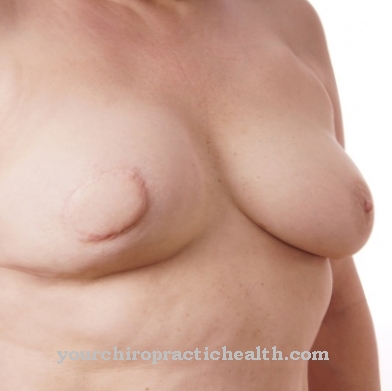

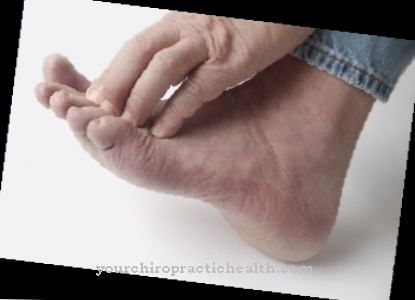
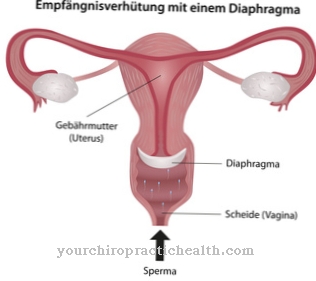
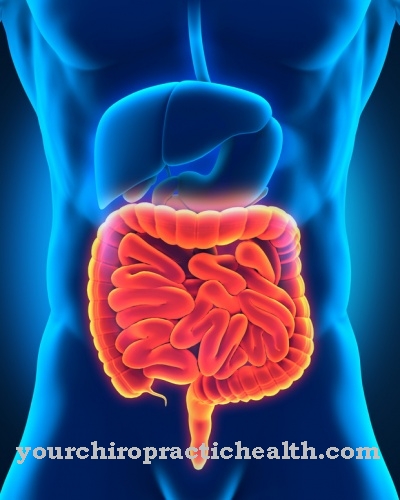



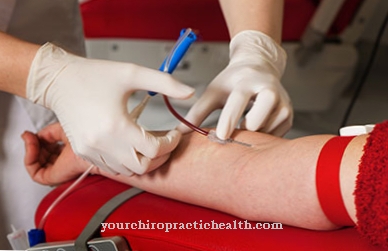
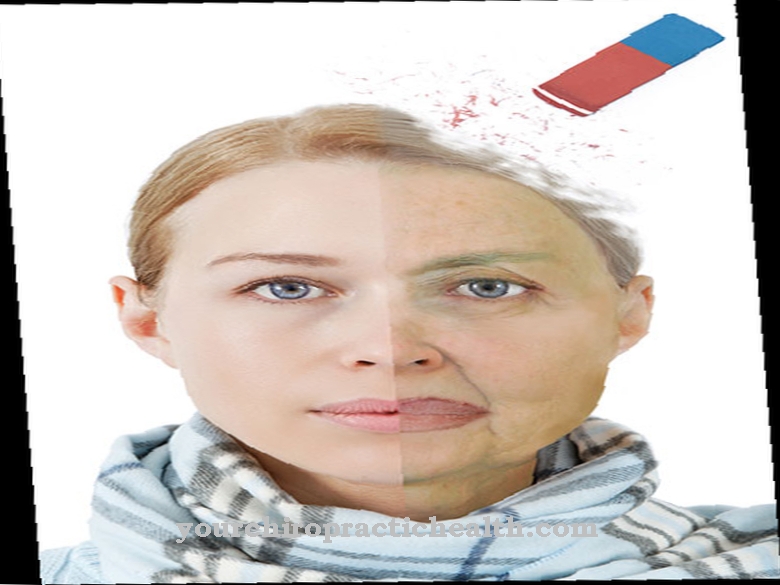
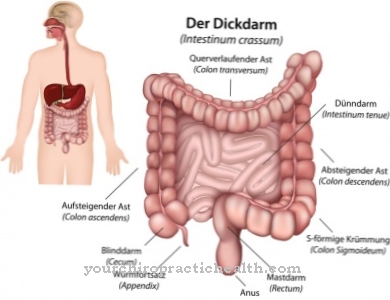


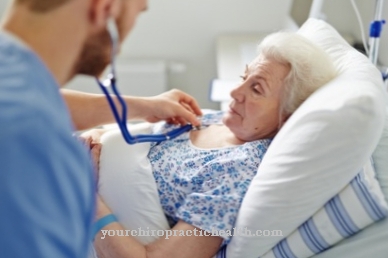
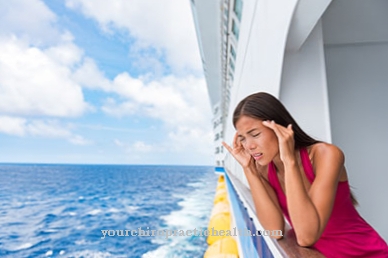
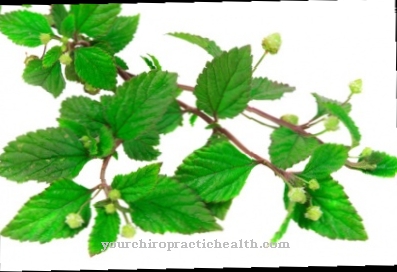
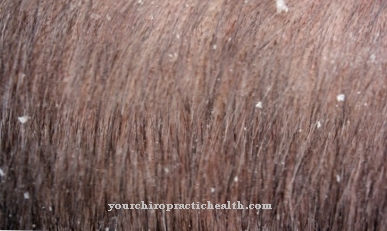

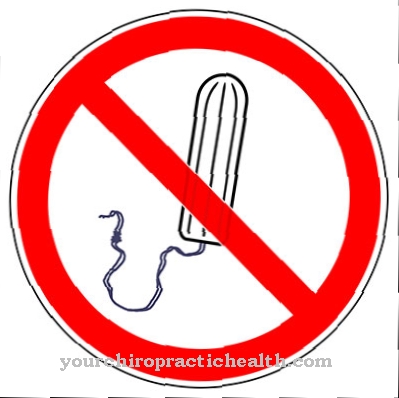
.jpg)
.jpg)

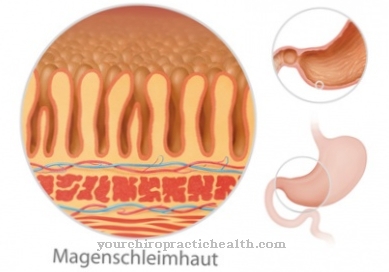
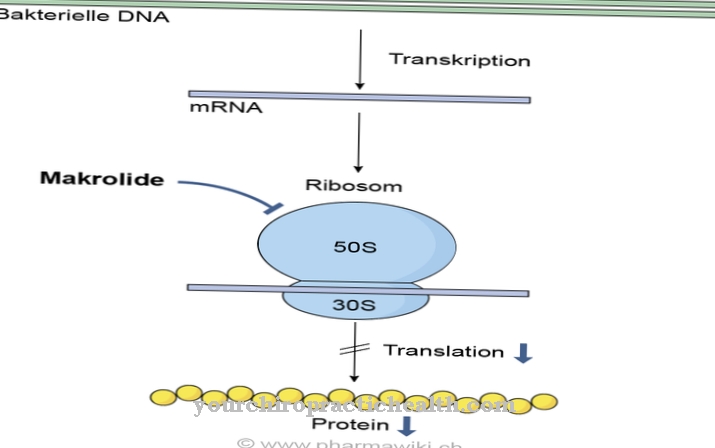
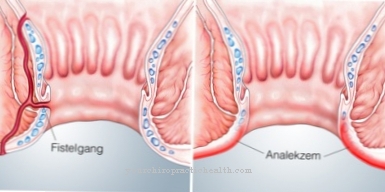
.jpg)
